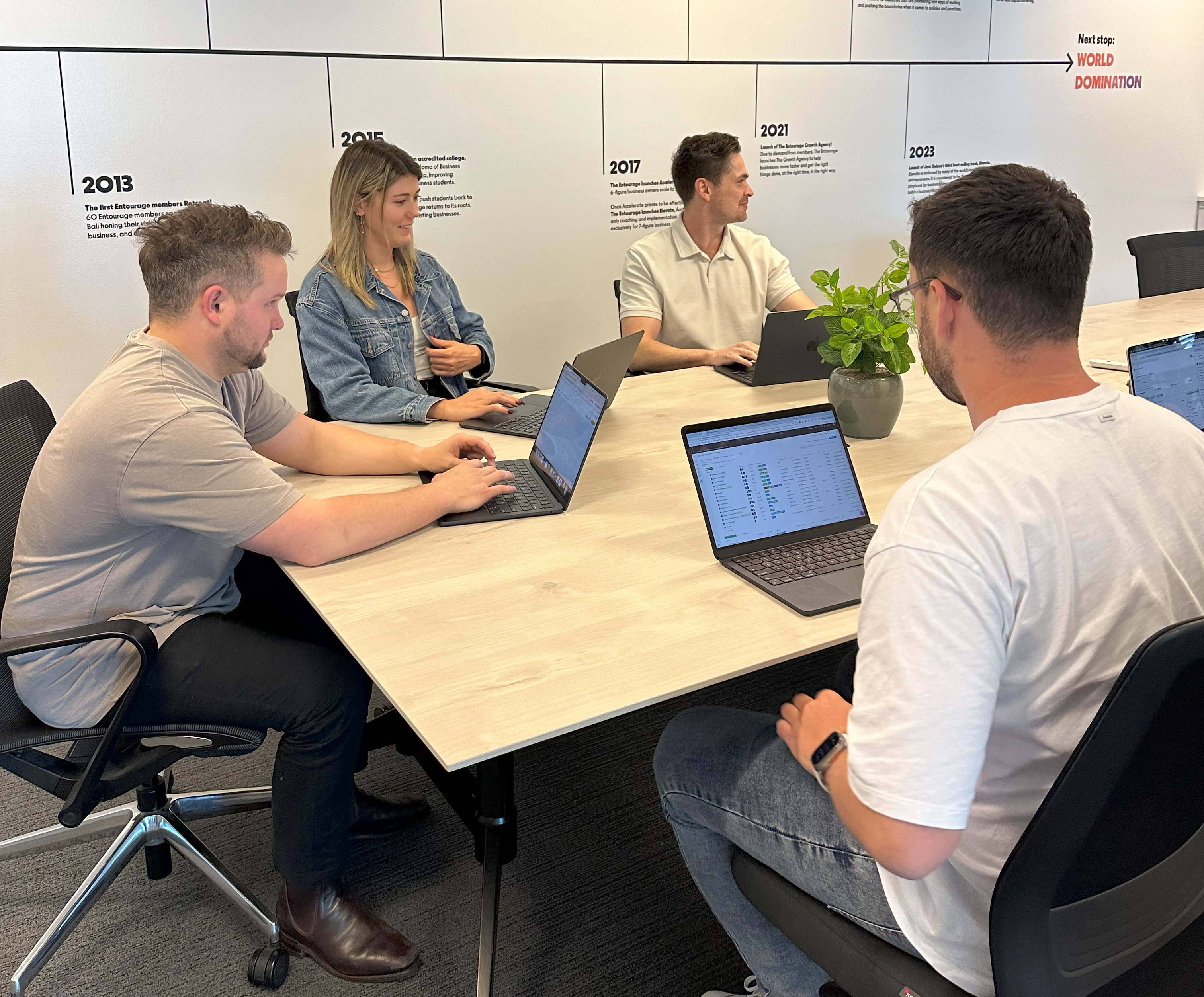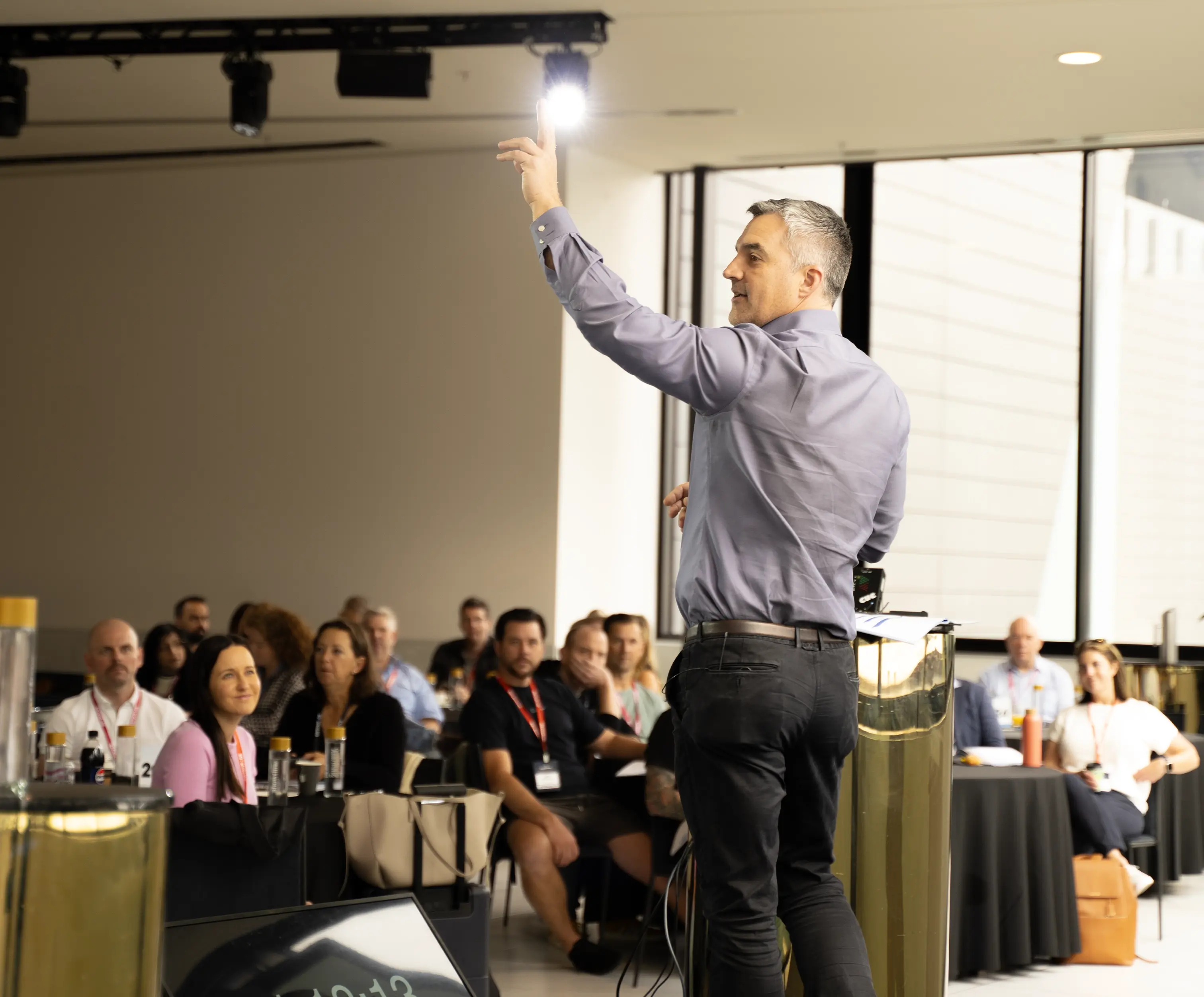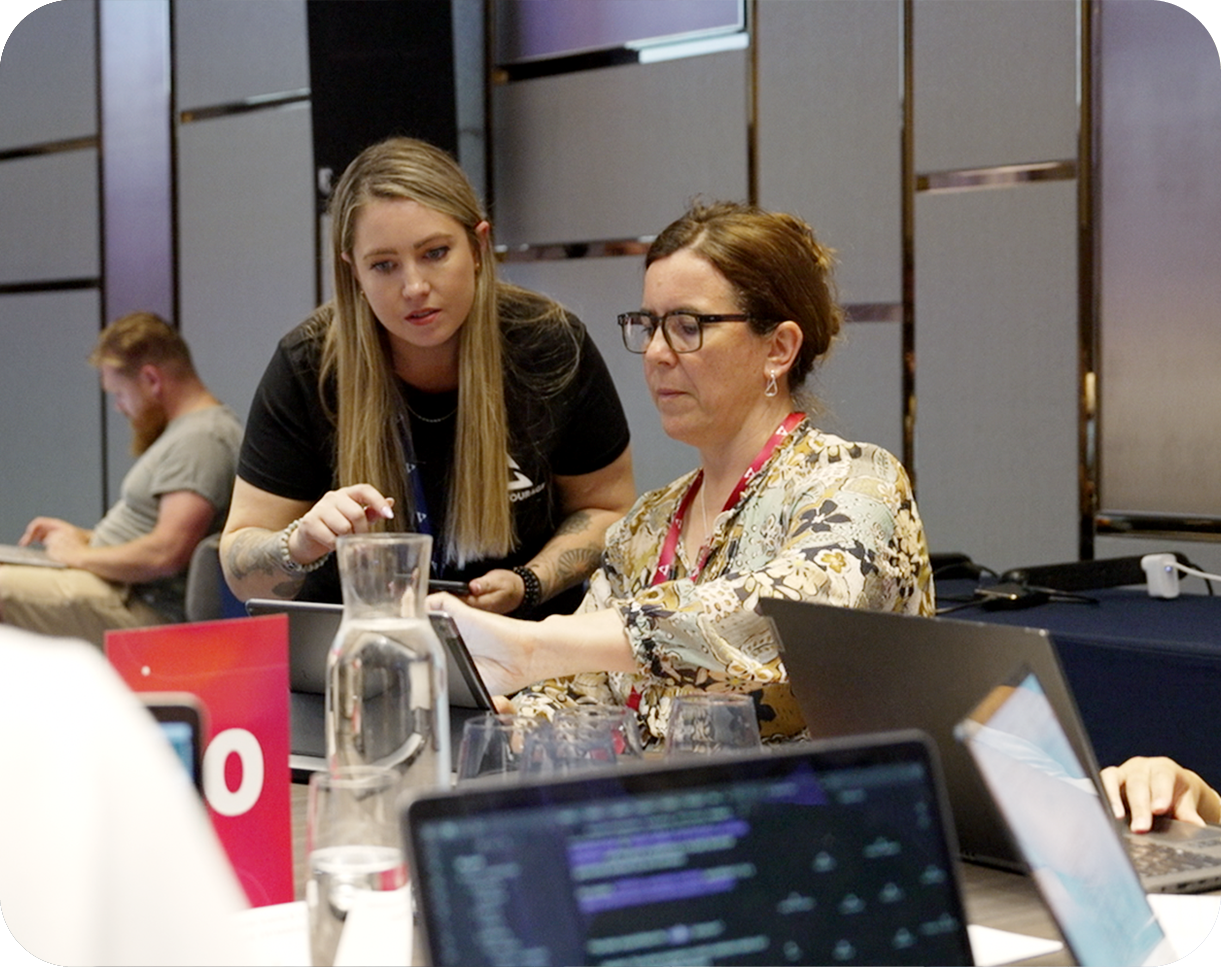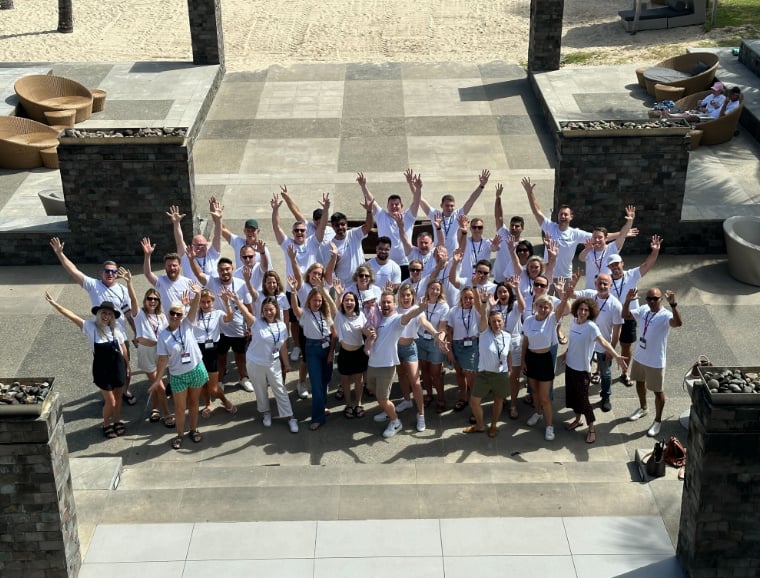Understanding the role of visual exhibits in business trip crash litigation is crucial for legal professionals aiming to present clear and compelling cases. When accidents occur during work-related travel, the legal implications can be complex, often requiring a nuanced approach to evidential presentation. Visual aids enhance understanding and play a pivotal role in influencing the outcomes of these cases. Employing the right visual strategies can help juries and judges grasp intricate details surrounding the accidents, leading to more informed decision-making in the courtroom.
The Importance of Visual Aids in Legal Proceedings
Visual aids serve as powerful tools in litigation, transcending barriers of language and comprehension. Research has shown that people retain visual information sixty times better than text, underscoring the need for effective graphical representations in legal contexts. In cases of business trip crashes, where various factors such as road conditions, vehicle mechanics, and human behavior intersect, visuals simplify complex dynamics for the audience. Presenting data through charts, diagrams, or photographs bridges the gap between technicalities and layman's understanding, allowing for a more insightful exploration of the case at hand.
Types of Visual Graphics Commonly Used
Different types of visual graphics can effectively support various aspects of crash litigation. Infographics compact large amounts of information into easily digestible formats. They can illustrate accident statistics, timelines, and even vehicle specifications. Timelines specifically help in depicting sequences of events leading up to, during, and after the crash, offering a chronological perspective that elucidates critical moments of decision-making.
Another commonly used visual aid is the accident reconstruction graphic. These detailed diagrams pinpoint the aftermath of the crash and reconstruct the events preceding it based on data collected from measurements, witness statements, and police reports. Such graphics can decisively depict negligence or recklessness by showing how conditions contributed to the crash’s occurrence. Utilizing car crash legal graphics, attorneys can create a powerful narrative that captivates juries and strengthens their case. By integrating these visual tools into their strategy, legal teams can present complex evidence in a way that is both persuasive and easily comprehensible to the court.
The Role of 3D Modeling and Animation
Advancements in technology have revolutionized how accident scenarios are presented in court. With the introduction of 3D modeling and animation techniques, legal teams can recreate entire crash scenarios virtually. This immersive experience allows juries to visualize the complexities of a crash that static images alone cannot convey. Animations can simulate the speed, angle, and impact of the vehicles involved, giving jurors a clearer understanding of how and why an accident occurred. Feature-rich software enables legal professionals to customize animations to highlight the most critical evidence, enhancing the persuasiveness of their arguments.
3D models offer the ability to explore the wreckage from multiple angles, giving jurors insights that may not be visible through traditional photographs or sketches. This technological advancement makes the evidence more relatable and leaves a lasting impression on those tasked with determining the case outcome.
Interactive Presentation Tools
New presentation tools have emerged that allow for greater interaction with evidence during trials. Utilizing touchscreen technology, attorneys can manipulate visuals dynamically, engaging jurors in a way that static presentations cannot. Attorneys can zoom in on a specific part of a vehicle, remove layers to show underlying damage, or switch perspectives to emphasize how multiple elements converged during the crash. Such interactivity keeps the jury focused and can be instrumental in guiding their thought process as they follow the case narrative.
Transforming evidence into engaging presentations aids comprehension and evokes emotional responses. Incorporating sound, video clips, and eyewitness testimony into these interactive presentations can add depth, ensuring jurors feel the gravity of the incident being discussed. When jurors connect emotionally, they become more invested in the outcome, potentially swaying their thoughts in favor of one party over another.
Evidence Support and Legal Standards
There are ethical considerations that accompany the use of visual aids in litigation. Legal professionals must ensure that the graphics presented do not misrepresent evidence or lead juries to unjust conclusions. The standards for admissibility underscore the importance of accuracy and relevance. As described in the Daubert standard, visuals must be both scientifically valid and helpful to the jury in understanding the evidence. Attorneys should work closely with experts who specialize in visual communication to create impactful yet ethically sound graphics.
Trial judges have a role in determining whether the visuals support the claims made in court. This legal scrutiny encourages attorneys to be transparent about their methodology when developing visual aids. The closer the visuals align with facts and credible evidence, the more persuasive they can be in court.
The Future of Visual Exhibits in Litigation
As technology continues to advance, the use of visual exhibits in litigation is likely to evolve further. Integrating virtual reality (VR) experiences could transform the courtroom setting dramatically. By allowing jurors to immerse themselves in a simulated version of the crash site or experience the accident as it unfolded, legal teams stand to enhance juror comprehension and empathy. The shift toward virtual platforms opens up possibilities for remote presentations, making legal processes more accessible.
Continuous improvements in graphic design software will further enable legal professionals to create high-quality visuals quickly and inexpensively. This democratization of technology may lead to more standard practices in presenting exhibits, ensuring that all parties have equitable access to the tools necessary for effective disputes.
Each of these developments indicates that the future of litigation will likely involve more complex, sophisticated, and engaging visual strategies. As litigation shifts toward being more digital and interactive, those who embrace these changes may find themselves ahead of the curve, better equipped to deliver compelling arguments that resonate with juries and judges alike.
Related Categories
Ryan Terrey
As Director of Marketing at The Entourage, Ryan Terrey is primarily focused on driving growth for companies through lead generation strategies. With a strong background in SEO/SEM, PPC and CRO from working in Sympli and InfoTrack, Ryan not only helps The Entourage brand grow and reach our target audience through campaigns that are creative, insightful and analytically driven, but also that of our 6, 7 and 8 figure members' audiences too.





